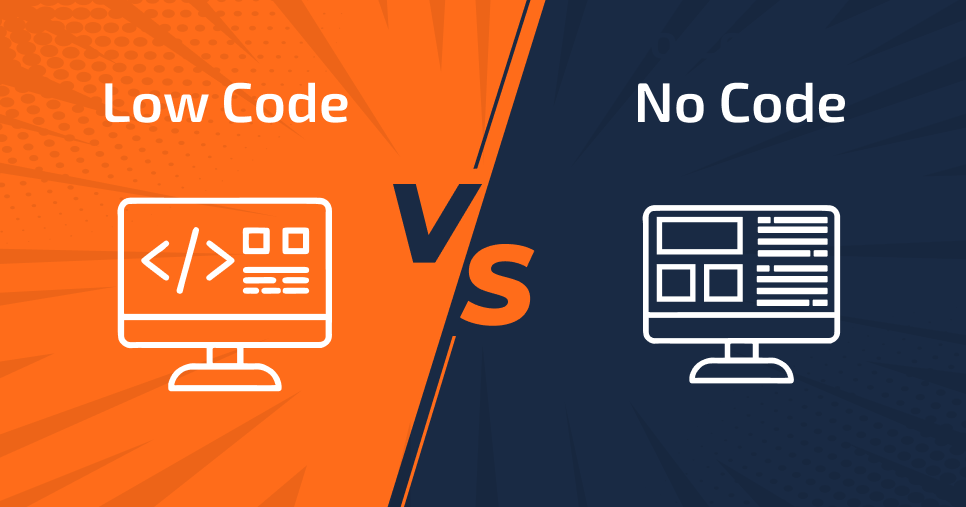If you run a company today, having a mobile app is crucial for communicating with your customers. However, to stay relevant, you must redesign your apps regularly due to changing consumer expectations and technology. Using mobile app redesign, you should address obsolete designs, user complaints, and performance issues. However, even top mobile app redesign ideas can fail, so you must work with a professional mobile app development company. They will help you identify user demands, avoid big changes without research, and properly budget. This guide offers tips and details on the cost of mobile app redesign, so read below.
Guide To A Successful Mobile App Redesign for your company:
Step 1: Pre-Redesign Phase
You outline the primary goals and specifications of the mobile app project in this first phase.
Set goals: Establish your goals for the redesign up front, including whether you want to improve user experience and satisfaction, boost app purchases, add new features, or fix performance issues.
Analysis of user feedback: Review all previous user reviews. This includes reviewing survey results, reviewing support requests, and studying reviews to determine what features consumers find most enjoyable about your mobile app.
Competitor analysis: Look for successful design components and novel features in competitor apps. This will help you understand consumer expectations and market norms and may inspire your mobile application redesign.
Decide timeline and budget: Set a realistic budget and schedule for the mobile app redesign
Step 2: Redesign Planning
The redesign planning phase involves determining the user's needs, what needs to be changed, and why, and devising a detailed strategy for implementing the changes. In this stage, you also communicate with the mobile app redesign team. Observe what people say about the mobile app, industry trends, and emerging innovations. As the team works to improve the app's usability and match its design to user preferences and market expectations, this phase lays the groundwork for the upcoming stages of the mobile app project.
Information architecture: In this step, you arrange information and data paths inside the app for users to follow. This step enhances user-friendliness and facilitates a smooth mobile app experience.
Wireframes: You draw wireframes in this step. They serve as a sort of template for the updated functionality and appearance of your mobile app. Wireframes display the elements' positioning, the modifications to the layout, and the user flow.
Style guide and design language: Usability-focused practices must be implemented when designing a user-friendly and intuitive mobile app interface. To do this, select UI patterns, typefaces, color schemes, and icons that complement your brand and enhance the visual attractiveness of your mobile app.
Step 3: Development Phase
Developers concentrate on coding and adding new features during the mobile app development stage. But coding is only one aspect of mobile app development work. Detailed usability testing is another part that helps identify and fix bugs. Using agile techniques and feedback loops to adjust to changing requirements can simplify mobile app redesign.
Front-end mobile app development: This is converting a design into a user-friendly interface. It involves creating code to design the app's interface and ensuring that it functions properly across a range of devices and screen sizes.
Backend of mobile apps: Don't forget to enhance or upgrade the backend features. This helps introduce upgraded or additional functionalities. Adding new APIs, optimizing database performance, or upgrading server-side logic are all possible steps in the development process.
Testing: Conduct detailed usability testing across various mobile devices, operating systems, screen sizes, and user scenarios. This testing should include the app's functionality, user interface, and performance to ensure its smooth functioning.
Performance optimization: Prioritize enhancing the application's efficiency by reducing loading times, minimizing file size, and optimizing resource usage to improve user experience. Do you think you don’t know how to redesign an app for your business? Find a professional mobile app services company to get help with everything from redesign to launch and regular maintenance.
Step 4: Post-Redesign Phase
In this step, you must pay close attention to user behavior and engagement, the functionality of your mobile app, and user feedback.
Depending on user demand, this phase can also involve adding new app features and delivering updates or patches to fix issues that can occur.
As you continue to enhance the process, you can refer to statistics, user feedback, and performance data. During this post-redesign stage, you need to make sure your mobile app is competitive and capable of providing its customers with an exceptional experience.
User testing: Ask people who will use the redesigned app in your target market. To ensure the adjustments are successful, get their insightful opinions and examine user comments. See what still needs to be improved or worked on.
Launch and promotion: Launch a successful marketing campaign with the updated mobile app.
Analytics and monitoring: Install tools for tracking user activity and the effectiveness of your mobile app. Monitor key performance indicators to gauge the redesign's success. Use this data to identify areas for ongoing enhancements that will raise user involvement.
User feedback and support: Ensure your users have access to a robust support system and that all of their issues are promptly resolved as soon as the app is launched.
Factors Influencing Mobile App Redesign Costs
If we have to arrive at an approximate range, the mobile app redesign process may cost you anything between $5k to over $30k. But the actual cost of redesigning your company’s mobile app depends on various factors like
Number of Roles and Team Size
The number of roles, for example, partner, admin, and user in a food delivery app, affects how much it costs to redesign an app. Costs are also influenced by the size of the development team working on the project.
Number of Screens with Unique Features
The total number of screens in your company’s mobile apps has a direct impact on the cost of a redesign. More screens and complex features mean that apps need more hours and resources for design, which raises costs. If your mobile app is simple with only 3 to 4 screens, the redesign cost will range between 1.5 and 7.5 USD. On the other hand, if your application is as complex as a ride-booking app, be ready to put out as much as $50,000 to a few hundred thousand USD.
Complexity of Features and Business Logic
Apps with complex features and business logic necessitate more involved redesign processes, which raises the overall cost. The amount of time and resources required for redesigning depends on the complexity of the data creation, storage, display, and alteration processes.
Final thoughts
Following this simple guide is enough to make your mobile app redesign project successful. If you want to reboot your company’s app to increase growth and user experience, contact a mobile app services company.



















Author Bio
Lokesh Murali
Chief Design Officer
Hi, I'm Lokesh Murali. CDO - Chief Design Officer, responsible for all design and innovative aspects of a company's products and services. Collaboration is the key - direction, and recommendations on the design and development execution we collaborate as one. From designing, and ideating wireframes, to fabricating prototypes, and checking customer feedback, involving myself in the creative sector keeps my vibe for the era!